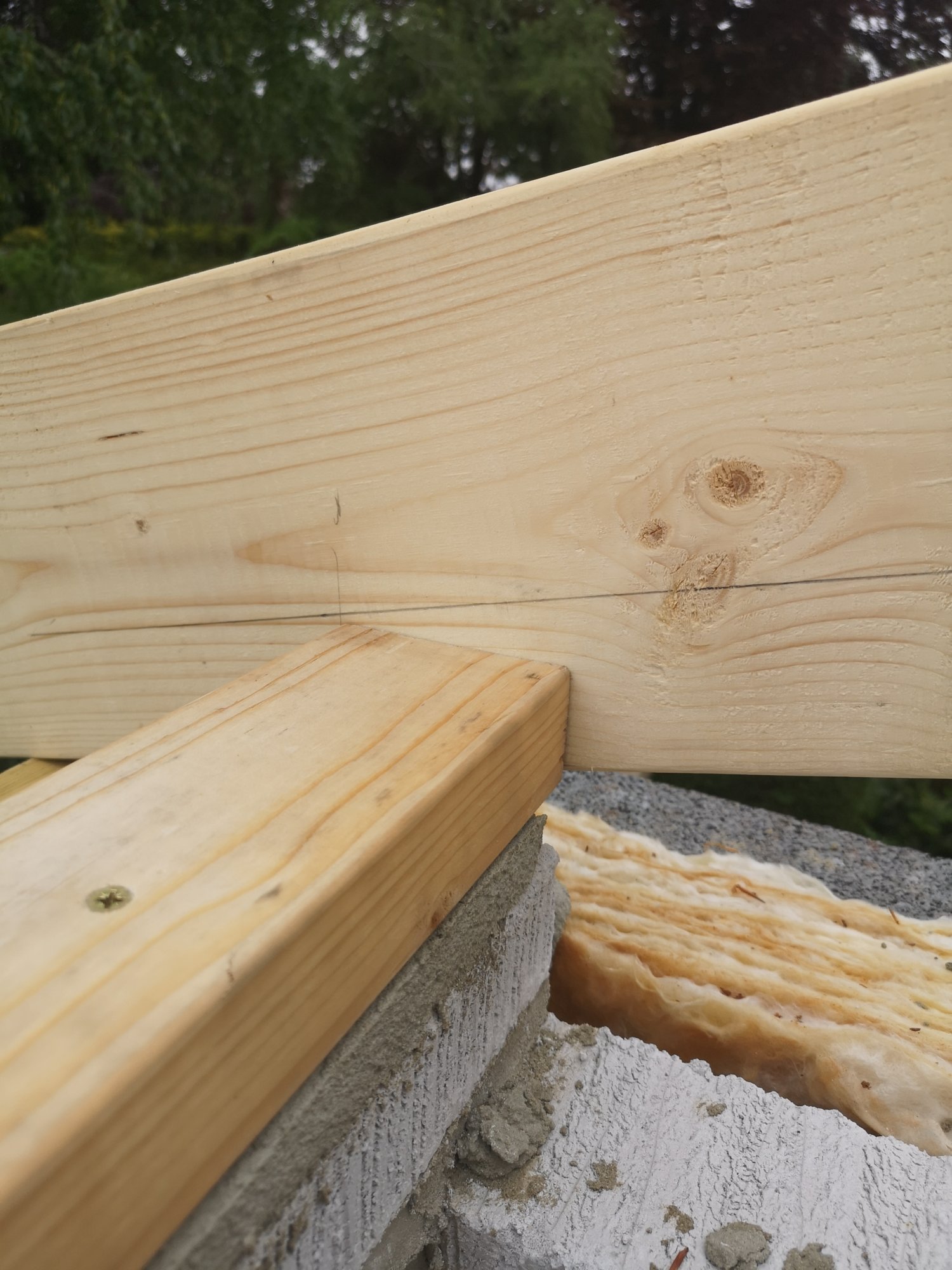Hi all,
I want to drop my rafter by about 20mm where it meets the wall plate. I wouldn't be cutting more than 1/3 from the rafter but the bottom of the rafter won't all be on the wallplate. I know it's not ideal but would it be OK?
I want to drop my rafter by about 20mm where it meets the wall plate. I wouldn't be cutting more than 1/3 from the rafter but the bottom of the rafter won't all be on the wallplate. I know it's not ideal but would it be OK?



